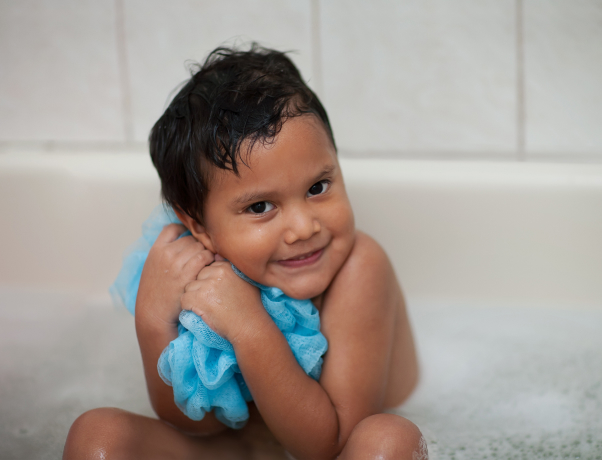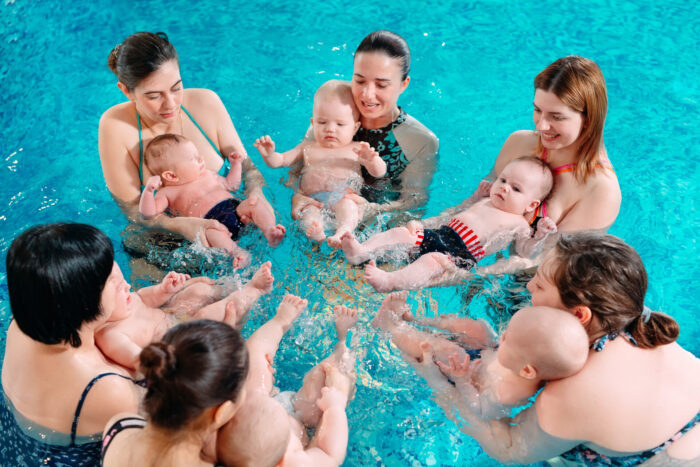Water Safety
Drowning in bathtubs or recreation areas such as pools, lakes or the ocean is a leading cause of injury-related death for children of all ages. Becoming aware of water safety can help reduce the number of water-related incidents.

Never leave your child unattended around water.

The Facts
1-4 years old
Drowning is the leading cause of injury-related death among children 1 to 4 years old.
1-19 years old
Drowning is the 3rd leading cause of unintentional injury-related death in children 1 to 19 years old.
1-19 years old
64% of pediatric drownings occur at home or within 10 miles of the home.
88% of pediatric drownings in CT
occur in May through August. Over 50% occur Friday through Sunday, especially during a holiday weekend such as Memorial Day and the 4th of July.
Different Ages = Different Risks

Children under 1-year-old
are more likely to drown at home in the bathtub or in a bucket.
Children aged 1 – 4
are more likely to drown in a residential or commercial pool than a natural body of water or a bathtub.
Children aged 9 – 13
are more likely to drown in a natural body of water than in a pool or bathtub.
Teens aged 14 – 17
are 6 times more likely to drown in natural bodies of water than in pools or bathtubs.
Safety Tips
Never take your eyes off children when they are in the water.
Not even for a second!
Appoint a designated “Water Watcher”
a responsible adult who agrees to watch the child in the water without distractions. When there are several adults present, choose one to be responsible for watching children in or near the water for a certain period, such as 15 minutes. After 15 minutes, select another adult to be the watcher.
Teach children how to swim and basic water survival skills
such as treading water. Enroll children in swim lessons when they are ready.
Learn CPR and basic water rescue skills.
It is important to know how to respond in an emergency without putting yourself at risk of drowning. Learning these skills may help you save a life.
Older children should always swim with a buddy.
Pool Safety
Stay away from drains. Tie up long hair securely to guard against drain entrapment.
Keep gates to the pool area latched at all times.
Don’t rely on water wings or other inflatable toys. If your child can’t swim, stay within arm’s reach.
Open Water Safety
Lakes, Ponds, Rivers and Oceans

Be Aware
Teach children that swimming in open water is different from swimming in a pool. Be aware of situations that are unique to open water, such as limited visibility, depth, uneven surfaces, currents and undertow. These potential hazards can make swimming in open water more challenging than swimming in a pool.

Always Wear Life Jackets
Always have everyone – especially children – wear a personal flotation device (PFD), also called a life jacket, while in or near an open body of water. The life jacket should fit snugly and not allow the chin or ears to slip through the neck opening.
To learn how to choose the right life jacket, click here.

Swim Education is Key
Teach your kids how to tread water, float and swim out of a rip current.

Never Dive Head First
Teach kids and teens not to dive head-first into oceans, lakes or rivers. You never know how deep the water is or what might be hidden under the surface. Feet first!



